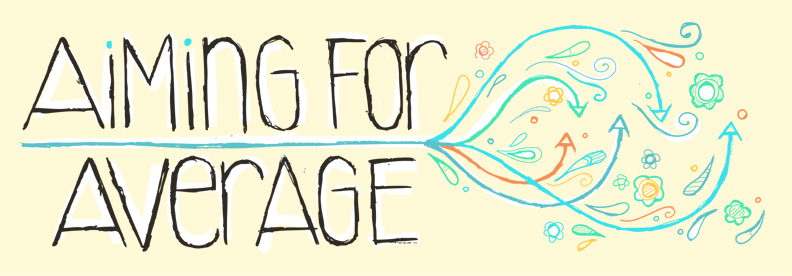I have always been a high-achiever. As a kindergartener, I would rush to clean up my toys the fastest so that I would be the first sitting down for story time. In grade three I played a leading role in the class play. In grade five I cried when I didn’t receive 100% on a project that I felt was flawless. In grade 6, unknowingly battling a life changing disease, I trained hard enough to place in the school board’s cross country event.
Within two months of this achievement, however, I began to deteriorate. It began subtly, and my parents noticed that I didn’t have the same energy on the basketball court or the soccer field that I use to have. Then I badly sprained my ankle in gym class, the first time I had ever suffered a severe injury despite years of contact sports. I developed a very bad ear infection and became extremely lethargic. I missed days of school as my illness became more severe - my appetite dropped, I developed dark circles under my eyes and I lost 7 pounds in 2 days, an alarming amount on anyone, but particularly noticeable on my skinny, athletic body. Then one night the reason for my illness was discovered, and I was woken up and rushed to the hospital. My blood sugar tests had come in at a whopping 47.3 mmol/L and I was nearly comatose. On the ride to the hospital, my mom sat in the back seat with me and told me that the doctor believed it was very likely I had diabetes. As an eleven year old, I didn’t know what that meant or how it would affect my life, but I knew that I was scared. In the safety of my mother’s arms, I cried. But that high-achieving person inside me made me put on a brave face for the nurses, who exclaimed at how courageous and well behaved I was as they pricked my fingers and hooked me up to an IV, for my aunts and uncles that visited, and later for my teachers and friends at school.
I soon learned that living with diabetes was a daily struggle to be average. There was no such thing as 10 out of 10 or 100%. My aim was to stay between the average, non-diabetic blood glucose range of 5-7 mmol/L, which, as any diabetic knows, often feels like an impossible task. I still excelled in the areas of my life that I had always excelled in: I was an honour roll student and went on to become valedictorian of my high school graduating class, I raced my way to a spot on a track team, played on numerous competitive basketball and soccer teams, participated in enough high school sports to be honoured with the title of senior female athlete of the year, sang in choirs and played piano. But all these things were now accompanied by the new challenges of my diabetes. I learned that my race performance suffered if I had high blood sugars the night before a race, that low blood sugars during test writing would result in a much lower mark, that I would lose coordination on the basketball court if my blood sugars dropped, and that my fingers would stumble over each other if I played piano when hypoglycemic. Discovering these challenges of diabetes was frustrating, and I often indulged feelings of self pity or anger. But ignoring my diabetes wasn’t an option simply because it was impossible to do. Ignoring it led to my blood sugars soaring or dropping, which would not only affect my mood, but also my performance in every aspect of my life. So I fumbled along, trying to make sense of this disease and prevent it from defining me.
It’s still a struggle, but finally I’ve accepted that being average in my diabetes means the possibility for success in the rest of my life. And that, in at least one aspect of my life, success is being average, or at least, is having that average, non-diabetic blood sugar level. So with the hope that I may one day achieve this understated goal, I’ll keep aiming for average.

No comments:
Post a Comment